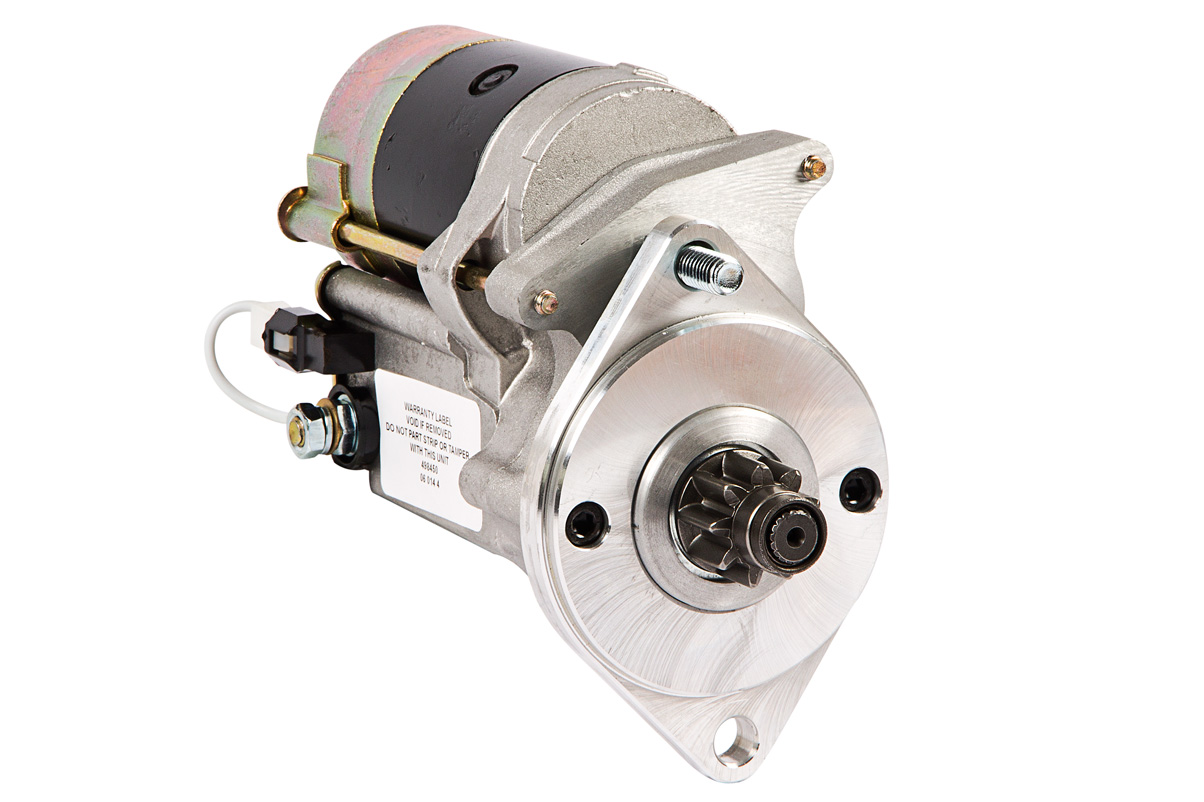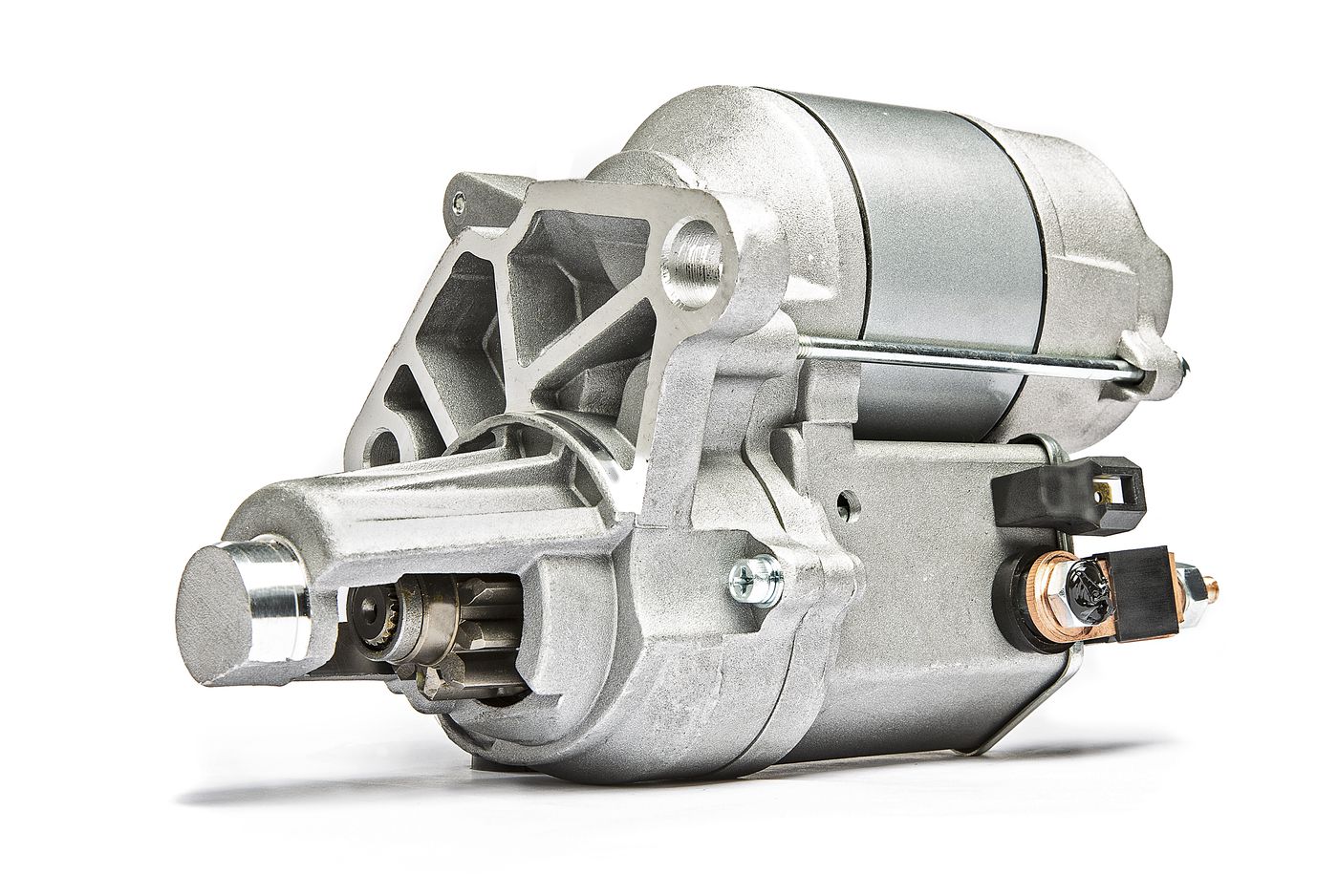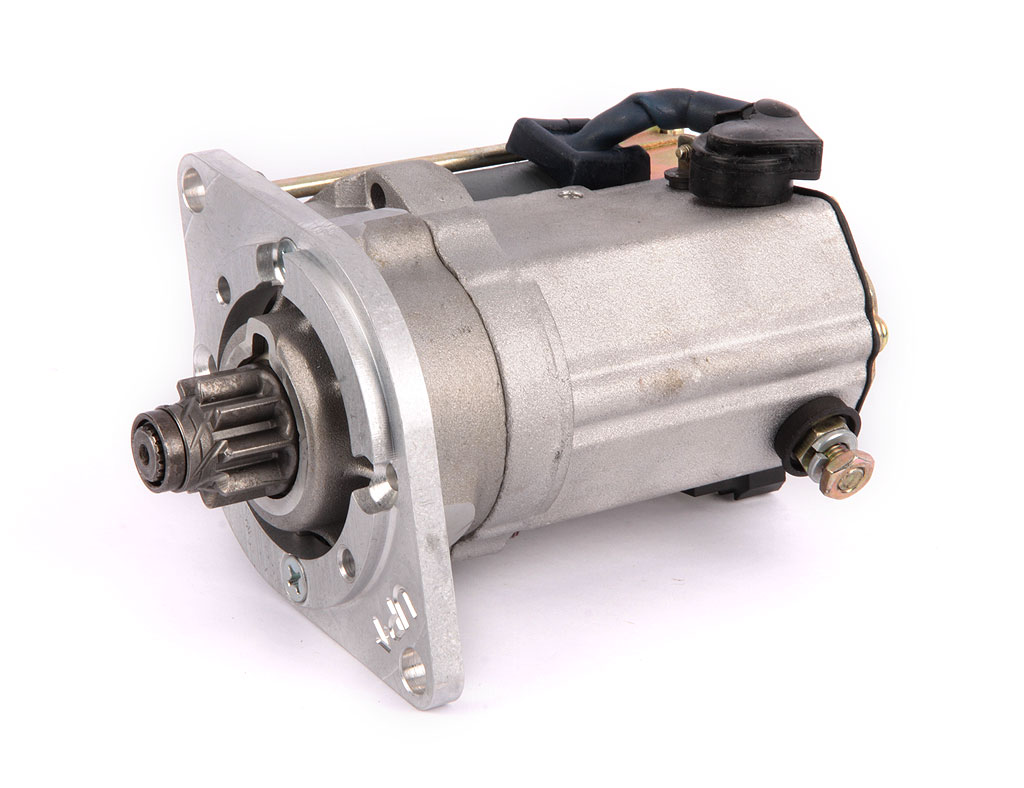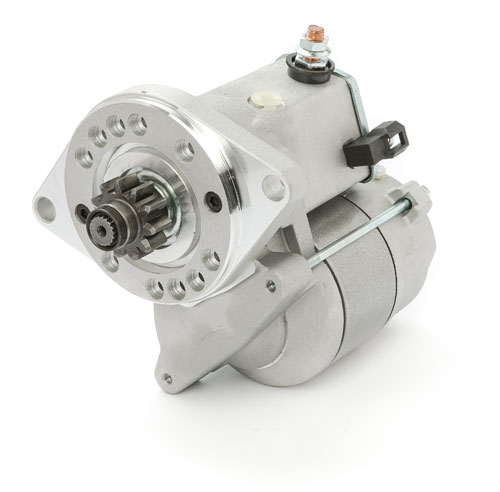
Starter motors for your classic car
In the following, you will not only find a wide and perfectly coordinated range of products for classic car starters, you will also learn how a starter motor actually works. If you have any questions or are unsure whether you should do it yourself if your starter motor is defective or if you need more power for starting in the course of an engine tuning, then please do not hesitate to contact us - here you will find all Limora spare parts for the starter motor!
Starter accessories
If you decide to test your starter, repair it yourself or install a new one, you will need some accessories. At Limora, we have the following products for you in our range:
What is a starter motor?
A starter motor, also called a starter, is one of the most important electrical systems in a vehicle, along with the alternator. It is basically an electric motor and part of the starting system and works as follows: The magnetic switch is activated with the ignition key. This pulls the starter's drive pinion onto the engine's flywheel. At the same time, the starter motor is switched on. The starter consists of several components such as the starter, the switching and control unit, the wiring and the battery.
In order to achieve the required speed for the engine to run on its own, the significantly higher speed of the starter is passed on to the engine speed with the help of a transmission between the starter pinion and the engine ring gear. The starter motors in the starter are usually kept as small as possible, which means that they have to provide quite a bit of power.

Starters are basically service-free and designed to last the life of the engine. But classic cars have a much longer service life than some people would have expected at the time they were built, and this is reflected in the wear and tear on the classic car starter.
That' s why it is not uncommon for a starter to need to be overhauled, repaired or replaced on classic cars. But even if you tune your engine and give it a higher compression ratio, for example, the starter motor must be adjusted.
Limora advice: To avoid damage to the starter, follow the vehicle manufacturer's operating instructions. In general, it should only be operated when the clutch is disengaged and the engine is at a standstill. In addition, releasing the ignition key immediately after starting the engine also protects the starter from premature wear.
Where is the best place to install the starter motor?
Where the starter motor is mounted is fixed for every vehicle and is determined the same way when the engine is constructed. Possible variants are the following:
For smaller engines, it is a good idea to install the starter directly on the crankshaft. One disadvantage is that a high torque is required and the starter motor does not have its own housing when mounted in this way. This means that it has to perform a lot and is also installed unprotected in the engine compartment.
This variant is now often used again for hybridised car engines, because the electric motor has a very high power output in order to be able to drive the vehicle electrically.
The most common method of attachment is using a pinion, which drives the motor using its shafts on the gear rim. It only engages in one direction and rotates freely in the other direction.
The starter motor can also be attached to the engine via a gearbox. In this case, the starter motor is typically not disconnected from the engine when the engine is running. In this way, the starter motor runs permanently and thus requires a lower reduction ratio than the previously mentioned variant using a pinion. Compressed air connections are also available as special starter designs. However, these often require a design adaptation of the engine, such as an additional valve in the cylinder head, and are usually or almost exclusively found on turbines.
Below you can read how you can recognise that the starter motor is no longer working properly.
How do you recognise a defective starter?
In the worst case, your car will no longer start. However, an ageing starter motor does not normally give up from one day to the next and a defect usually announces itself. If damage is announced beforehand, it is with a tearing noise. This occurs when the starter has not engaged the pinion deeply enough and the pinion tears along the starter ring gear on the flywheel. But this is more likely to be damage to the magnetic switch than to the starter itself.
There is basically one sign that clearly shows that the starter motor has wear-related problems:
- The starter motor clacks: If you hear a clacking sound when you start your car, it's bad. This is because the starter motor makes a clacking noise when the pinion moves forward but the engine is not started. But the clacking noise you hear is again due to the magnetic switch!

Causes for a defective starter
A defect in the starter motor can have several causes, but most often it is simply a wear and tear phenomenon. We have listed exactly what causes this here:
- The pinion of the starter motor is worn and no longer engages.
- The freewheel does not work.
- The electric motor in the starter is defective.
- The magnetic switch hangs and therefore does not switch the main contacts.
- The main contacts of the magnetic switch are broken.
The cause is not always known, but the consequence is: if there is a defect, the starter motor must be repaired or replaced in order to be able to start your vehicle properly again. You can either go to your local garage or replace the starter yourself. At Limora, you will find all the necessary high-performance starters perfectly matched to your vehicle, from Austin Healey to Volvo - including expert advice!
Classic car starter motor replacement with Limora
Limora offers you classic car starter motors and accessories perfectly matched to your classic car for self-installation or for checking your starter. Our products are delivered to your home within the shortest possible time. They are all of high quality and tested and guarantee perfect function when professionally installed. If you have any questions, please contact our professionals or visit us in one of our shops throughout Germany!























